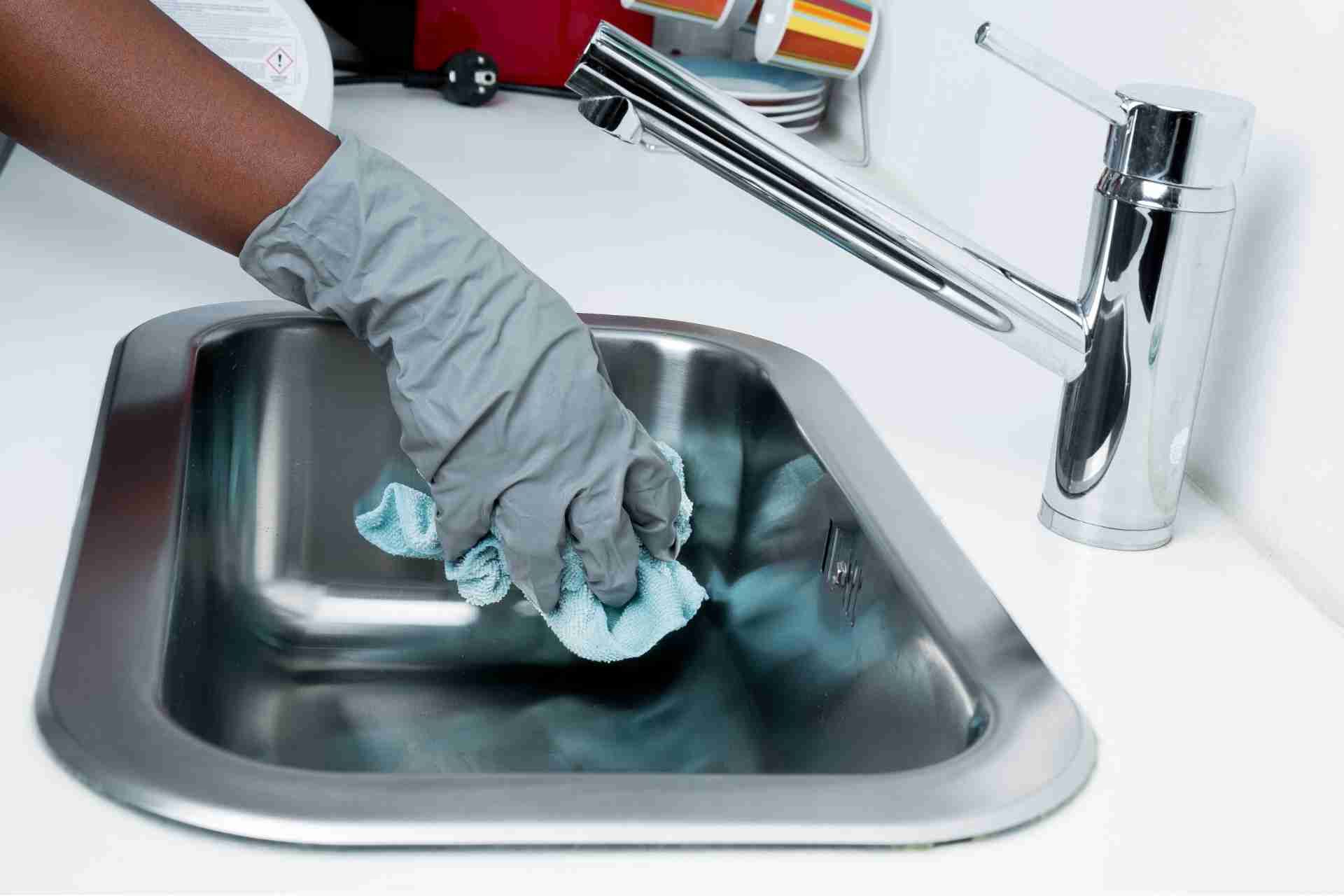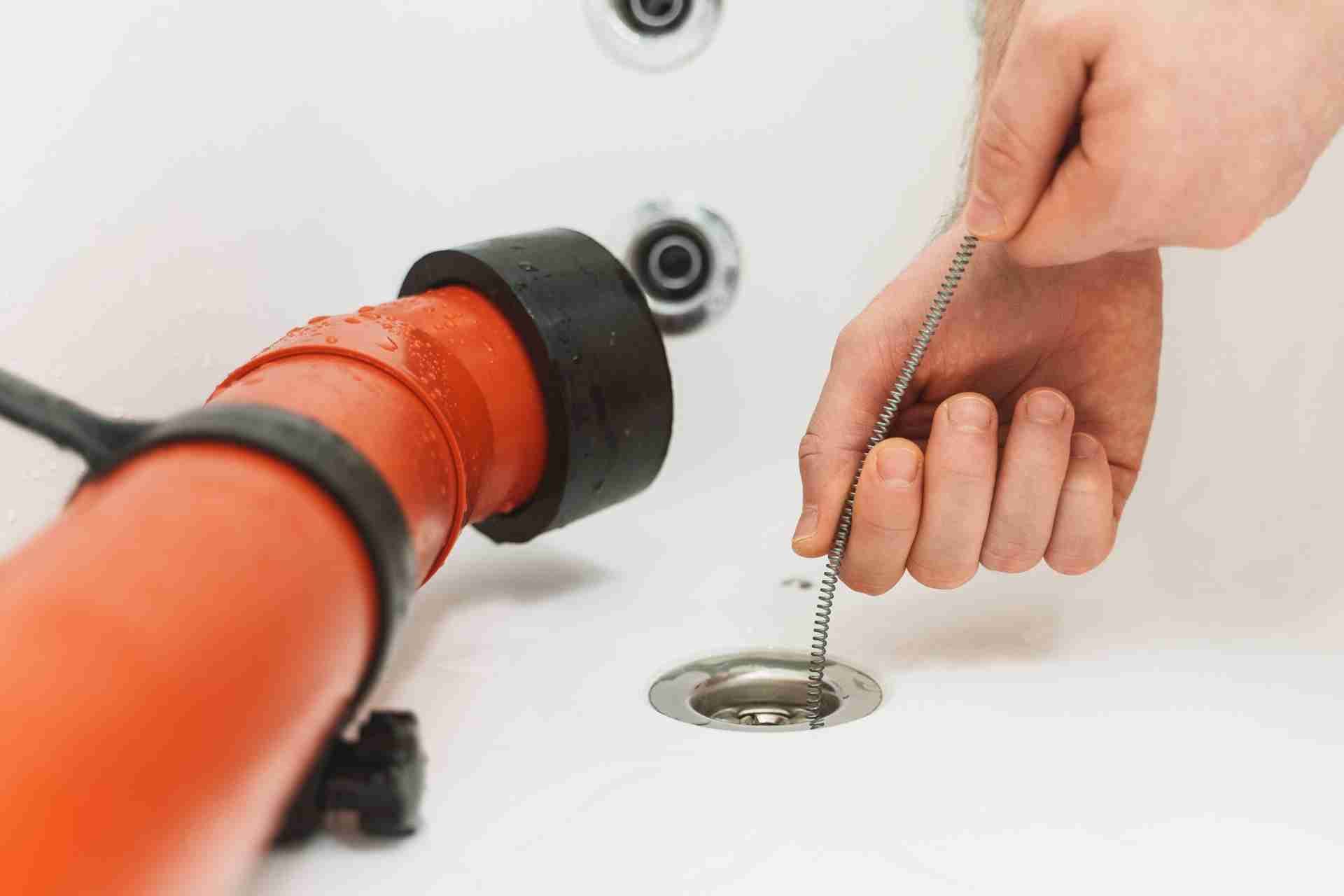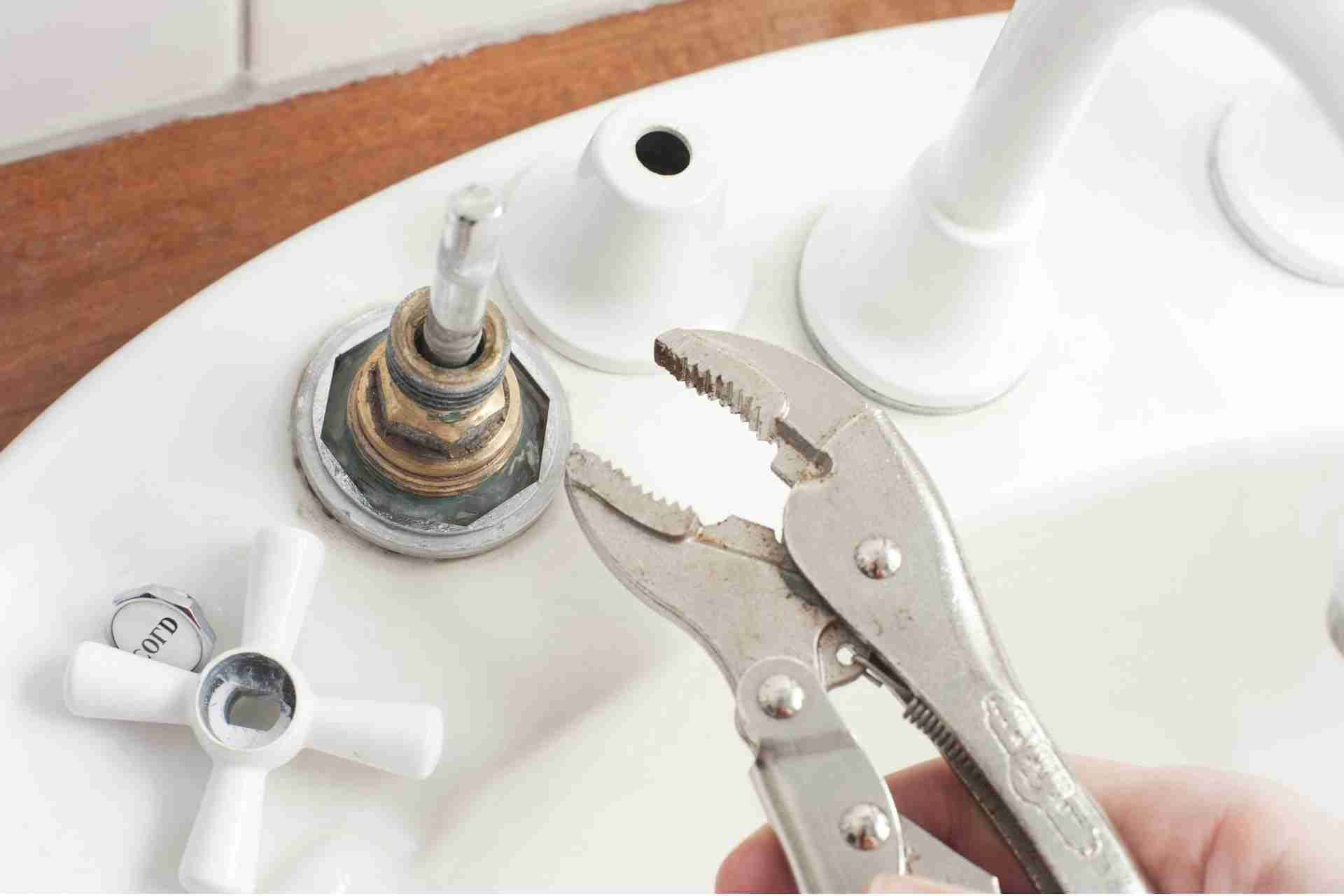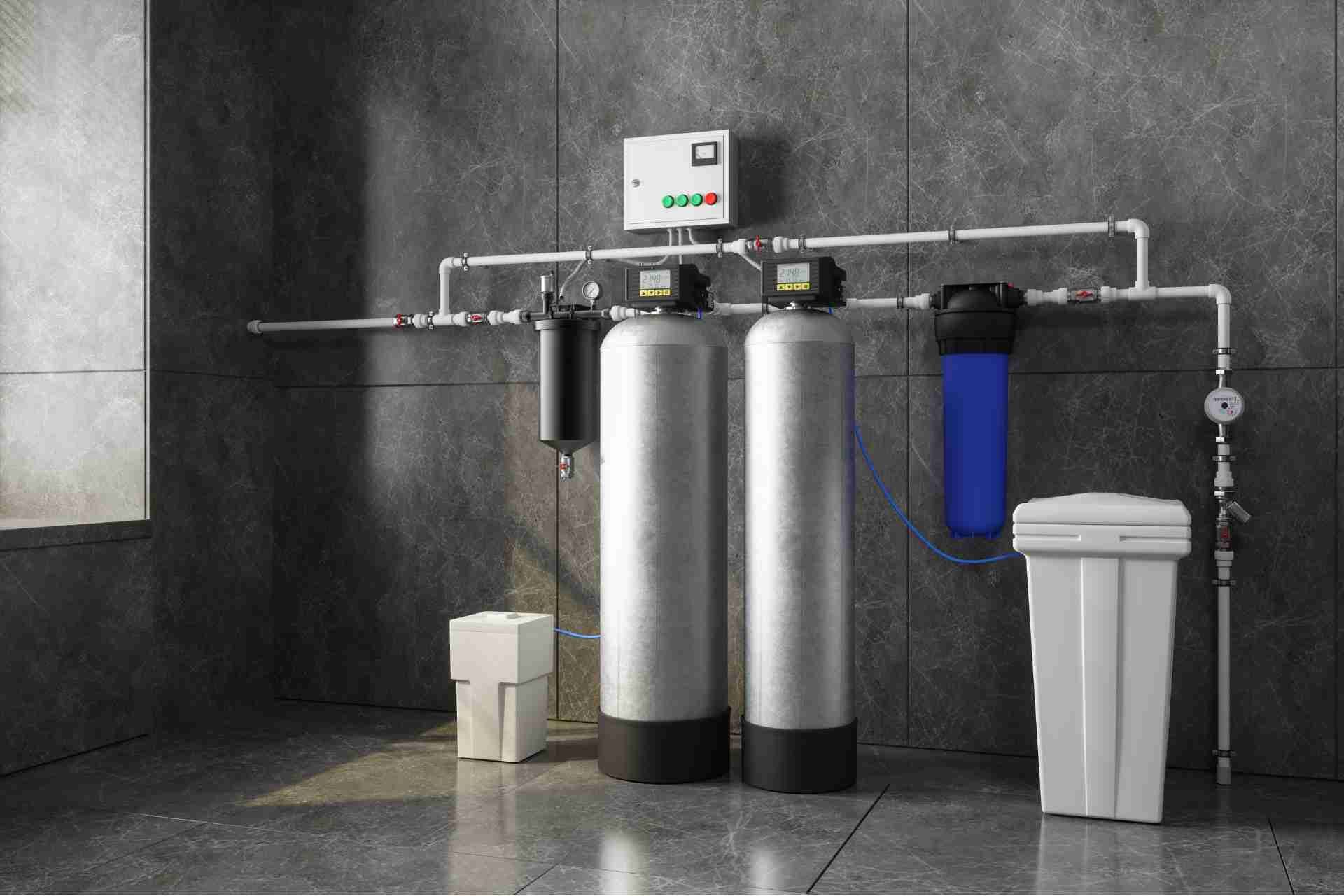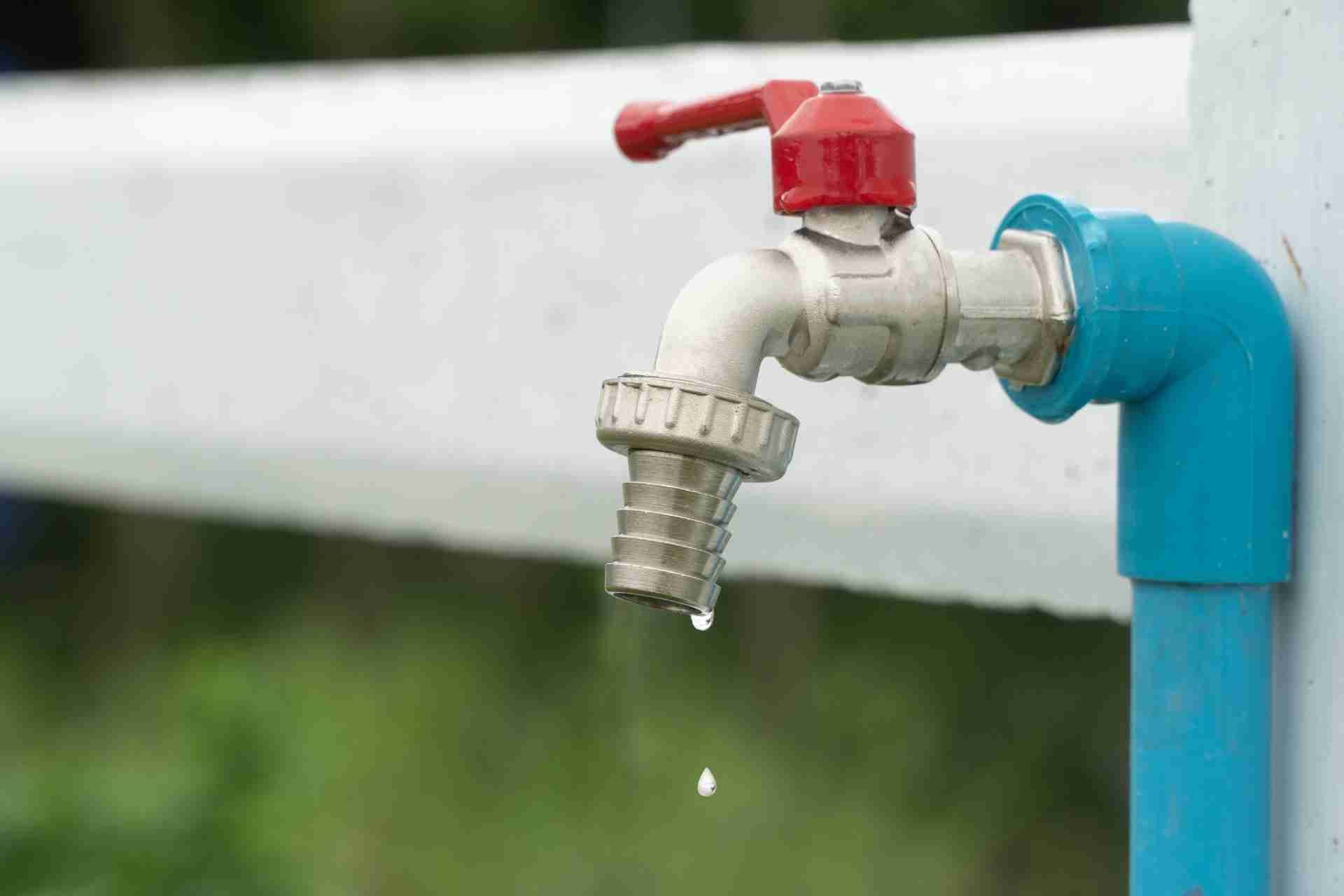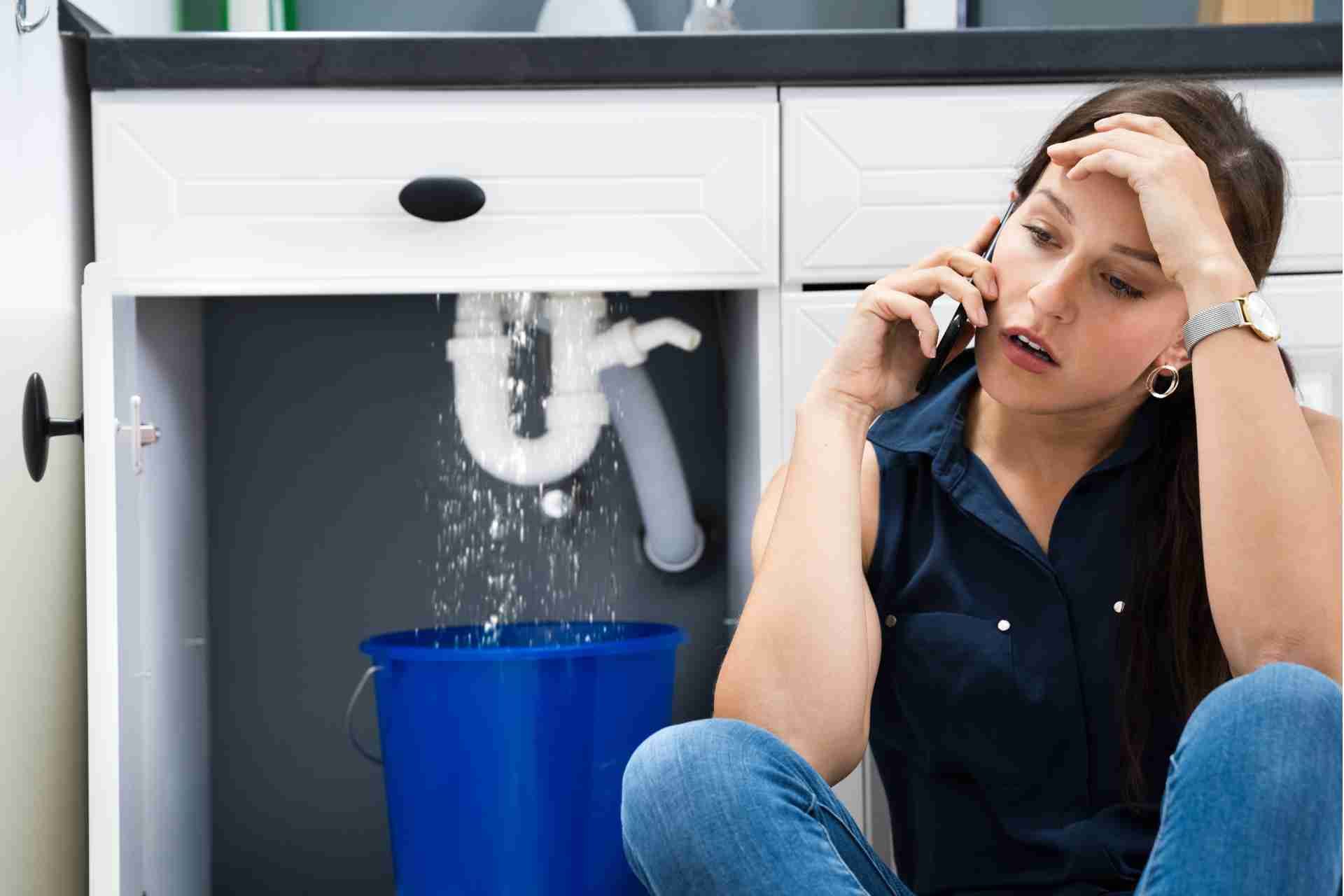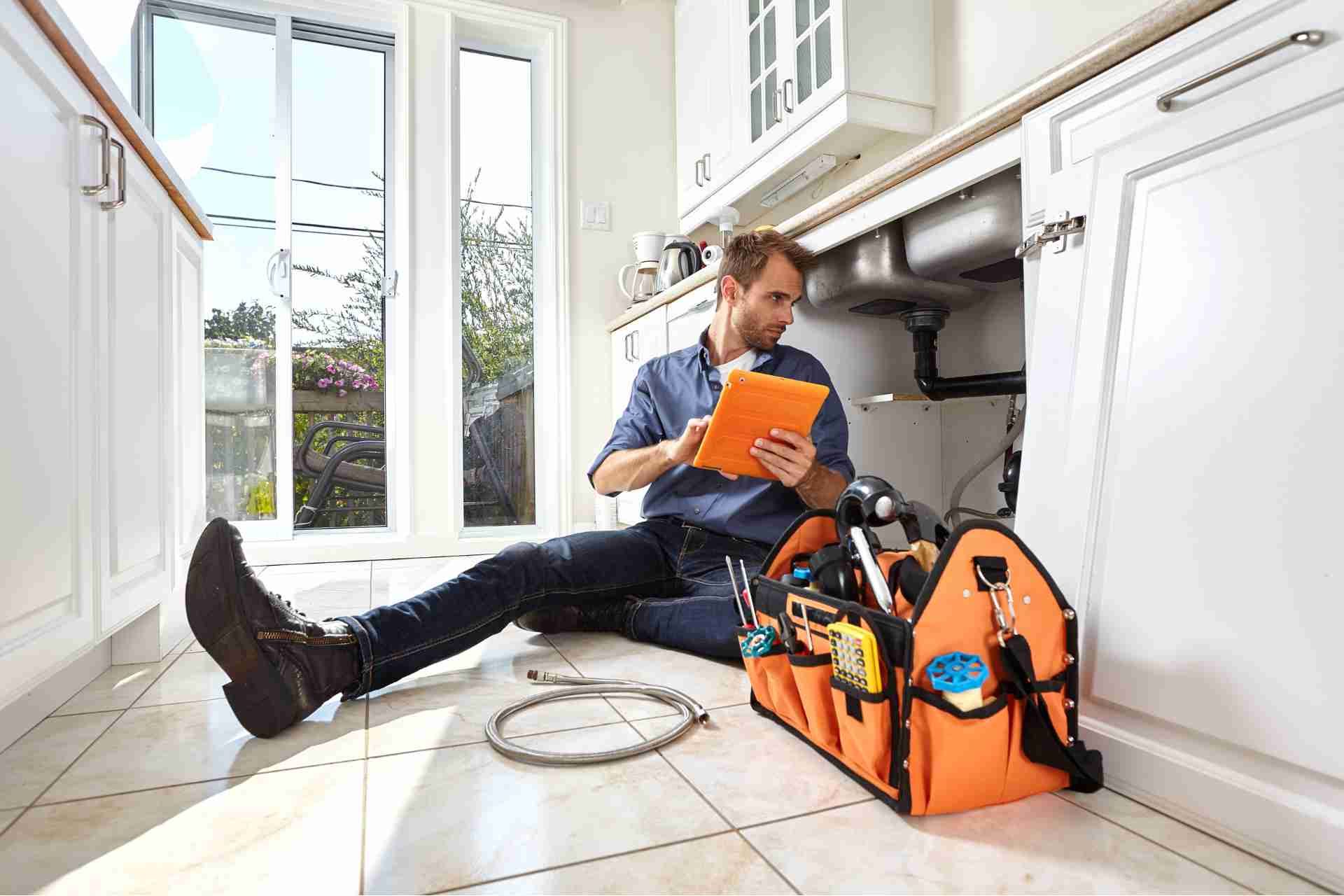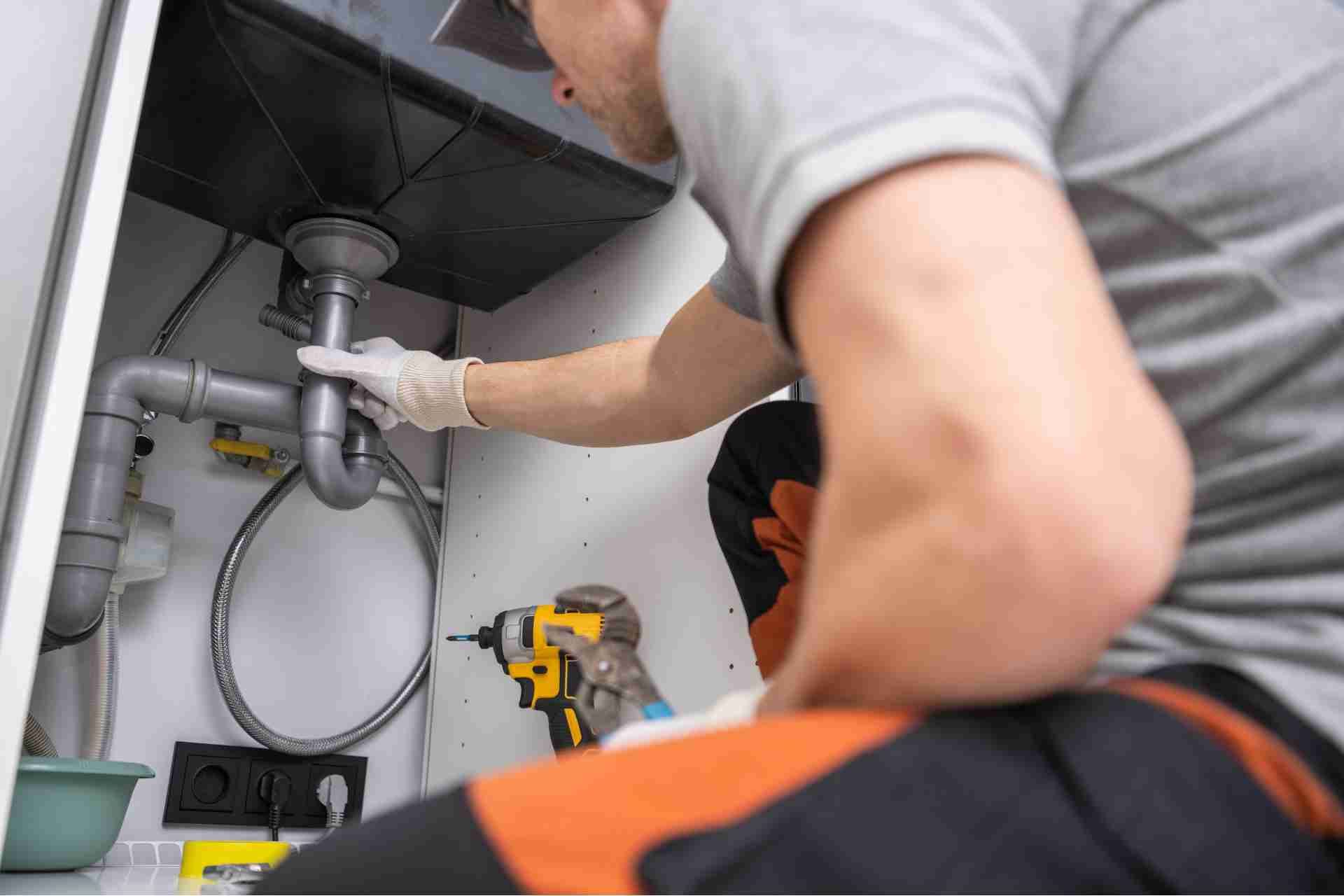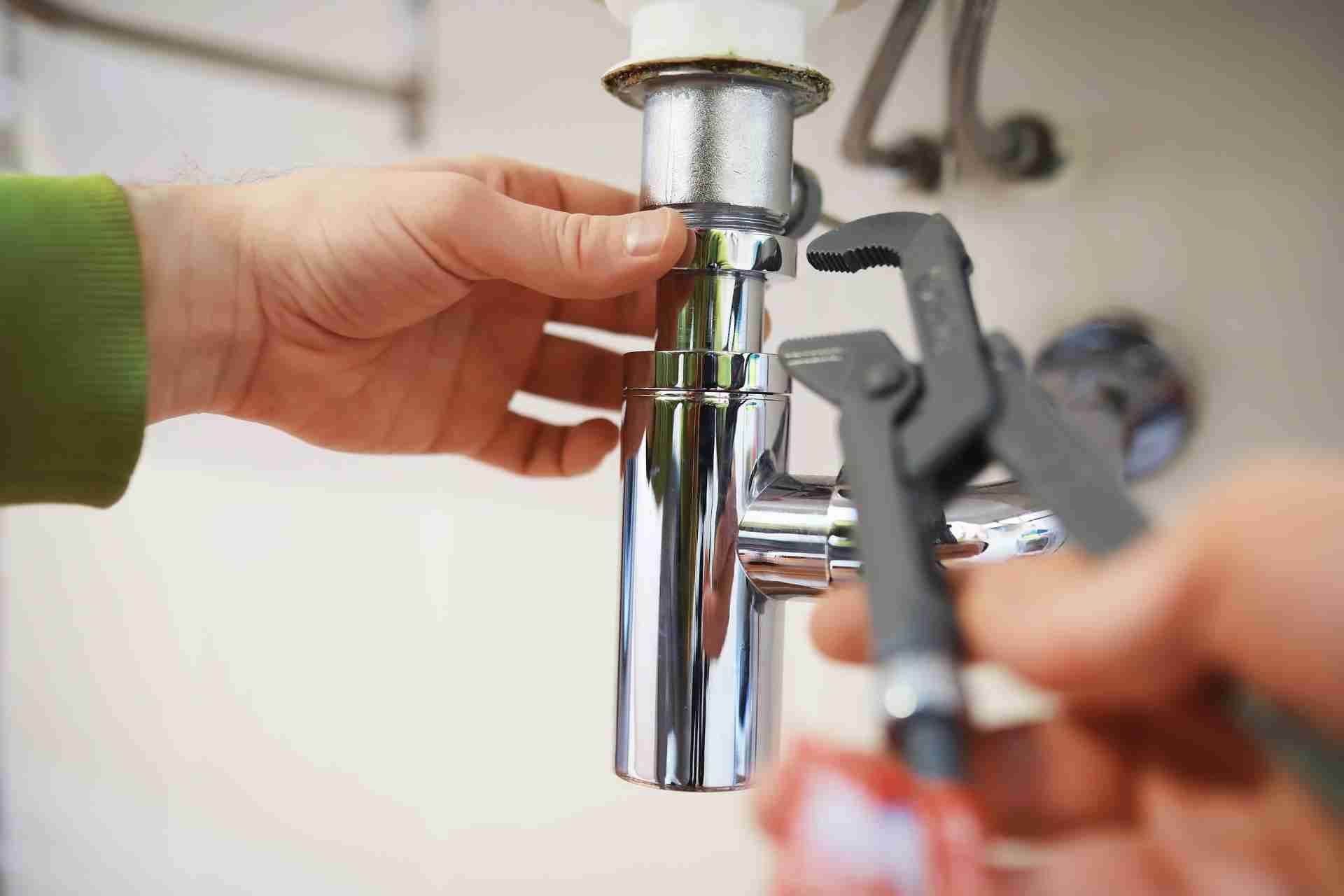How to Fix a Running Toilet
A running toilet can be a frustrating and costly problem. Not only can it waste a significant amount of water, but it can also lead to a higher water bill. Thankfully, fixing a running toilet is usually a simple task that you can do yourself with minimal tools and materials. In this guide, we will walk you through the steps on how to fix a running toilet, so you can put a stop to the continuous flow of water and save money in the process.
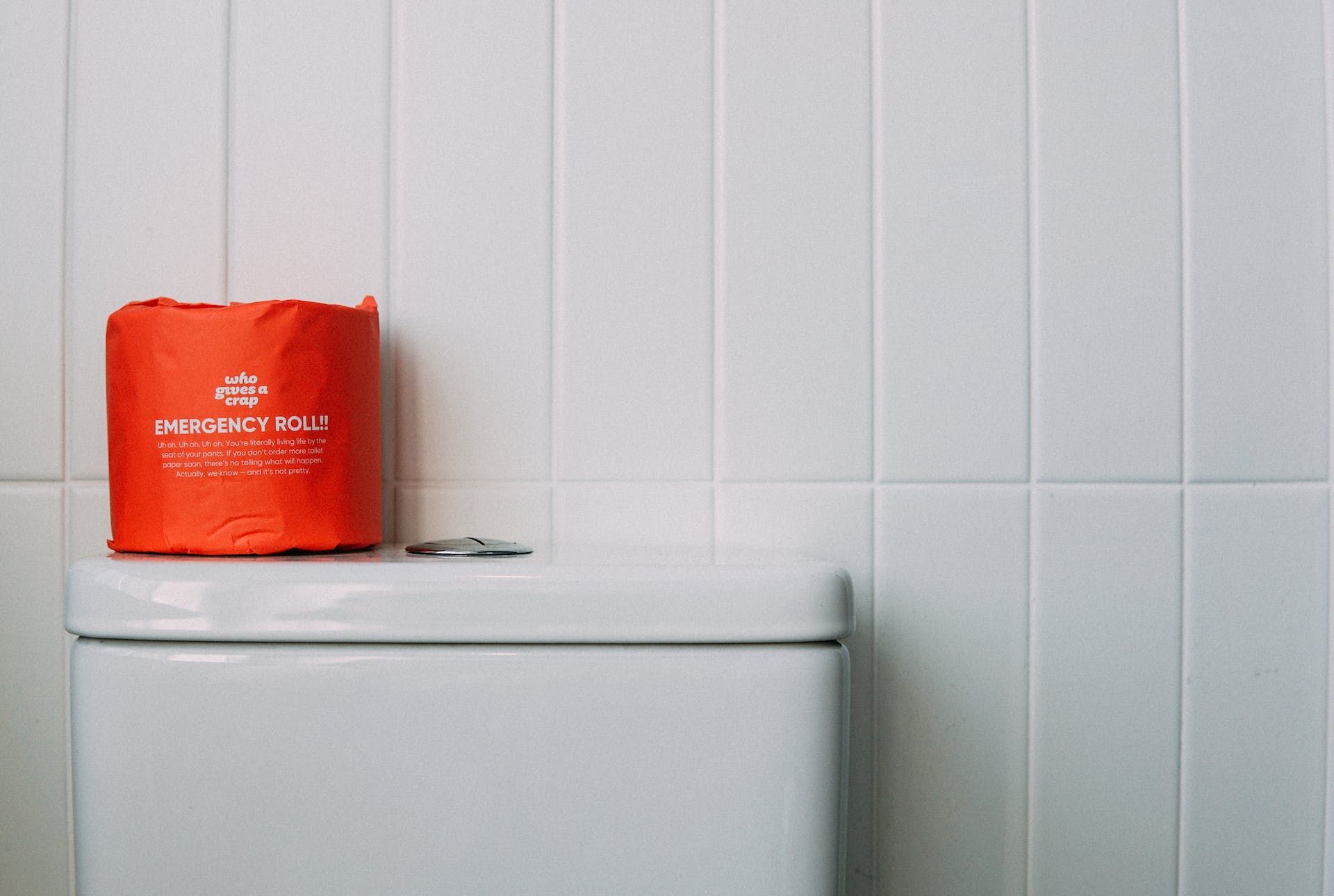
Why Does My Toilet Keep Running?
We've all experienced the frustration of a running toilet. Not only does the sound annoy us, but it can also lead to a significant amount of wasted water if left unaddressed. Let's find out various reasons behind this common household issue and discuss the solutions to help you fix it without the need for a plumber.
- Flapper Problems - The most common reason behind a running toilet is a faulty flapper. The flapper is a rubber valve that controls the release of water from the tank into the bowl. If it's worn out, cracked, or not sitting properly, water will continuously leak into the bowl, causing the toilet to run. To fix this, try adjusting the chain or replacing the flapper altogether. These inexpensive fixes can often solve the problem.
- Chain Length Issues - In some cases, the issue may lie with the chain connecting the flapper to the flush lever. If the chain is too long, it can get caught under the flapper, preventing it from sealing completely and allowing water to leak. On the other hand, a chain that's too short may not allow the flapper to sit properly, also leading to a running toilet. Adjusting the length of the chain can easily resolve this problem.
- Faulty Float - Another common culprit of a running toilet is a malfunctioning float. The float is a plastic or rubber device that regulates the water level within the tank. If it's not working correctly, it may fail to signal the valve to shut off when the tank is full, leading to a continuous flow of water. Adjusting the float arm or replacing the float can fix this issue.
- Worn Out Fill Valve - Over time, the fill valve inside the toilet tank may wear out or become clogged with mineral deposits, hindering its ability to shut off fully. If the fill valve fails to stop the water flow, the toilet will constantly run. Replacing the fill valve, which is relatively simple and inexpensive, can effectively solve this problem.
- Water Pressure or Sediment Build-Up - High water pressure or sediment accumulation can also contribute to a running toilet. Excess pressure can overwhelm the flush valve, causing it to malfunction and release water continuously. To address this issue, consider installing a pressure regulator in the water supply line. Additionally, periodic cleaning of the flush valve or bowl outlet can prevent sediment build-up and restore proper water flow.
How to Fix a Running Toilet
Step 1: Identify the Problem
The first step in fixing a running toilet is to identify the root cause. Lift the lid of the tank and observe the different components. Most often, a running toilet is caused by a faulty flapper or a fill valve that isn't functioning properly.
Step 2: Adjust the Float
If the water level in the tank is too high, it can cause the toilet to constantly run. To fix this, locate the float—a device that looks like a small ball or cup attached to the fill valve—and adjust it. Gently bend the arm of the float downwards to lower the water level. Flush the toilet and check if the problem is resolved.
Step 3: Inspect the Flapper
If adjusting the float doesn't solve the issue, the next likely culprit is a faulty flapper. The flapper is a rubber piece that rests at the bottom of the tank and seals the flush valve. Over time, the flapper can deteriorate or accumulate mineral deposits, preventing it from forming a proper seal. Inspect the flapper for any signs of damage or debris. If necessary, remove the flapper and clean it with a mild detergent. If it's damaged, consider replacing it with a new one.
Step 4: Test the Fill Valve
If the flapper seems to be in good shape, the fill valve may be the problem. The fill valve controls the water flow into the tank after flushing. If it doesn't shut off properly, the toilet will continue to run. To test the fill valve, flush the toilet and observe the water level. If the water continues to run even after the tank is full, the fill valve needs adjustment or replacement.
Step 5: Make Adjustments or Replace Parts
Depending on the issue identified, you may need to make adjustments or replace certain parts. Adjustable fill valves usually have a screw or slider that allows you to control the water level. Consult the manufacturer's instructions or seek guidance from a hardware store professional to ensure you make the correct adjustments. If any components need replacement, be sure to install the compatible parts recommended by the manufacturer.
Step 6: Test and Monitor
Once you have made the necessary repairs, it's time to test the toilet. Flush it and observe if the water stops running once the tank is full. If everything seems back to normal, congrats! You have successfully fixed a running toilet. However, keep an eye on it for a few days to ensure the problem doesn't resurface.
Ask for Expert Assistance
If you're dealing with a running toilet, it's essential to seek professional assistance to address the problem effectively. Tru Flo Plumbing is a trusted and reliable plumbing service provider that specializes in fixing running toilets. With their certified plumbers, accurate diagnoses, customized solutions, and timely service, you can trust them to restore the functionality of your toilet and save you from the frustration of water wastage. Remember, a small problem today can escalate into a larger issue later, so don't hesitate to reach out to
Tru Flo Plumbing for expert assistance in fixing your running toilet.


